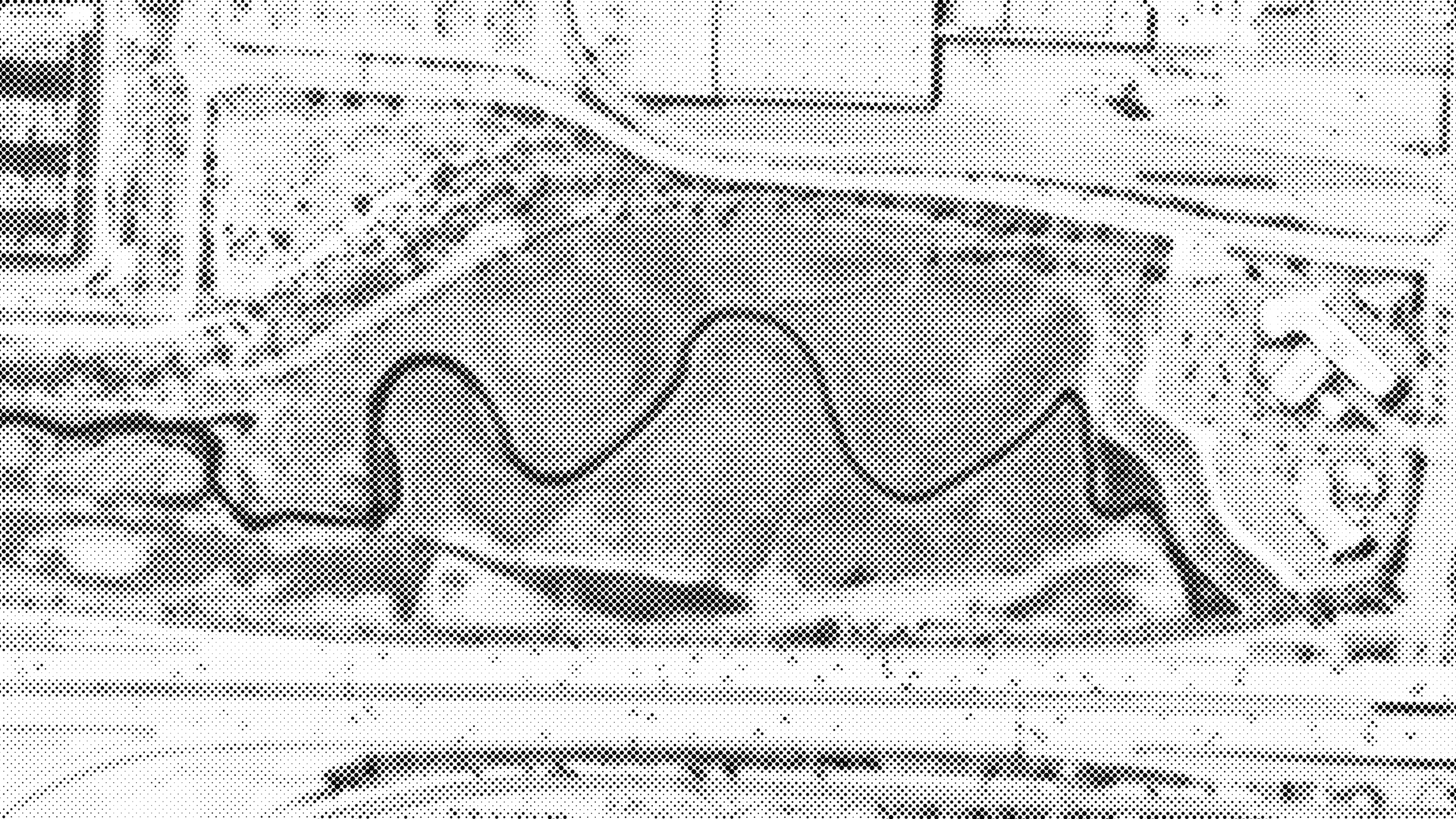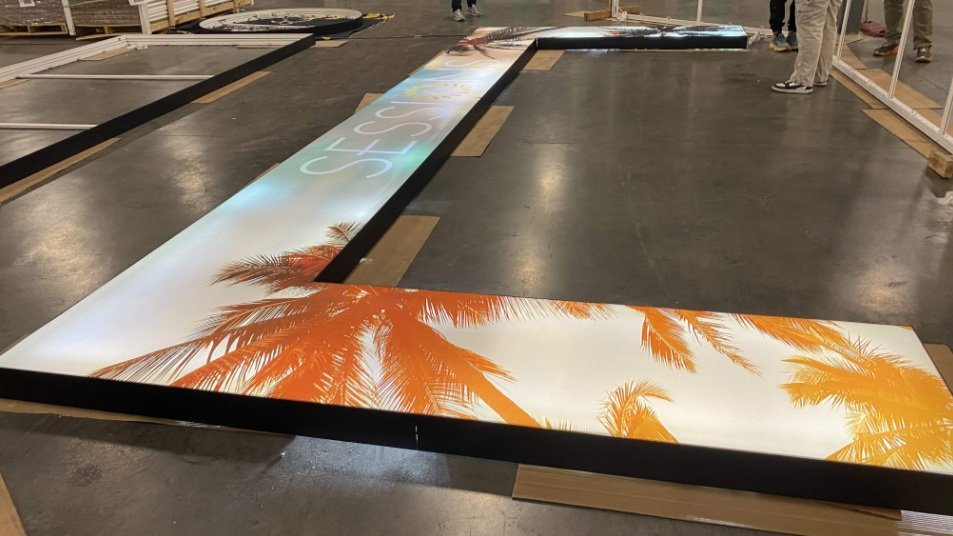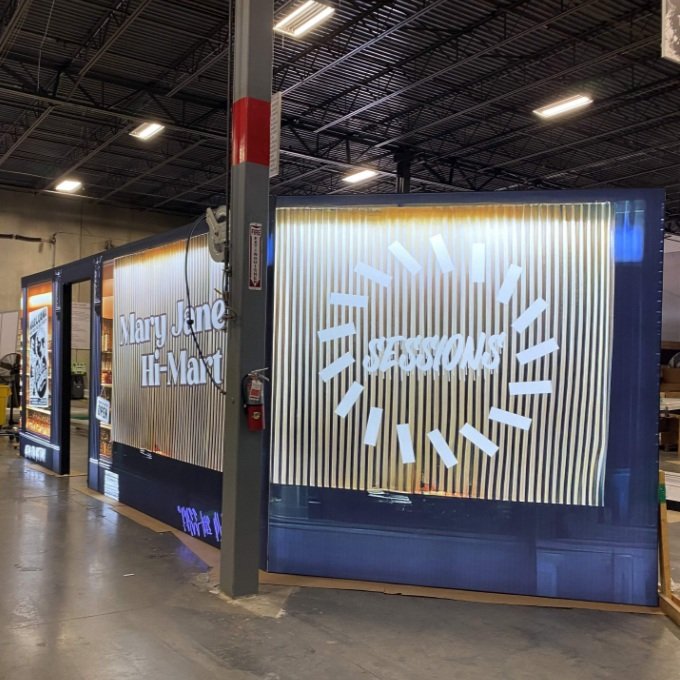The Current State and Future Prospects of 3D Printing in Construction
The construction industry is undergoing a revolutionary transformation fueled by the advent of 3D printing technology. What was once relegated to the realm of science fiction is now a tangible force reshaping the way we build. The current state of 3D printing is reshaping the industry, offering unparalleled opportunities for creativity, efficiency, and sustainability. From reducing construction waste to enabling complex and beautiful designs, 3D printing is revolutionizing how we build the spaces we inhabit.
Efficiency and Speed:
Automation is a key feature of 3D printing in construction; contributing to increased efficiency, faster construction times, and cost-effectiveness. Traditional construction often involves cutting and shaping materials on-site, leading to significant waste. In contrast, 3D printing optimizes material usage by depositing materials layer by layer, minimizing waste and reducing the environmental impact.
Robotic arms or gantry systems carry out the printing process, reducing the reliance on manual labor and enabling precise and accurate layering of materials, reducing the margin of error associated with traditional construction methods. Layer-by-layer 3D printing allows for continuous construction without the need for time-consuming processes like formwork, curing, or drying. The speed of on-site printing is particularly advantageous in emergency situations or when rapid construction is essential and can be done directly on-site, eliminating the need for transporting pre-fabricated components. This localized approach contributes to quicker project completion.
Cost-Effectiveness:
One of the significant contributors to the affordability of 3D-printed houses is the reduction in labor costs. The automation and precision of 3D printing significantly decrease the need for extensive manual labor, leading to quick turnaround time for faster project completion and saving time and labor expenses.
With on-site 3D printing, there is a reduction in the need to transport heavy construction materials to the construction site. This localized construction approach minimizes transportation costs, especially in remote or challenging-to-reach locations. Using innovative and cost-effective materials, such as recycled plastics or locally sourced materials, can reduce overall construction costs. Additionally, 3D printing allows for flexibility in material choices, enabling builders to select options that align with budgetary constraints and reducing the need for excess materials to compensate for structural requirements.














































